
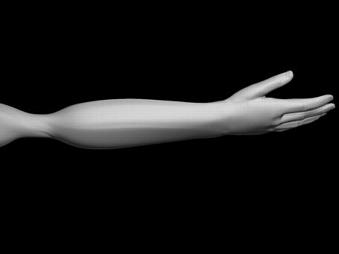
 |
 |
| Bending:
elbow collapse |
Twisting:
candy wrapper effect |
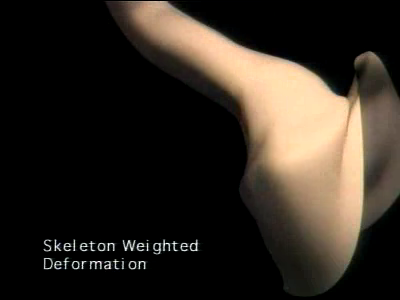 |
| Armpit bulging |
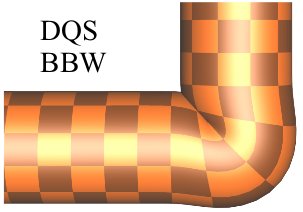 |
| Bulging artefact in Dual
Quaternion Skinning (courtesy of L.Kavan) |
 |
| Blendshape artefact: smirk counteracts raise. (courtesy of
J.P.Lewis talk slides) |
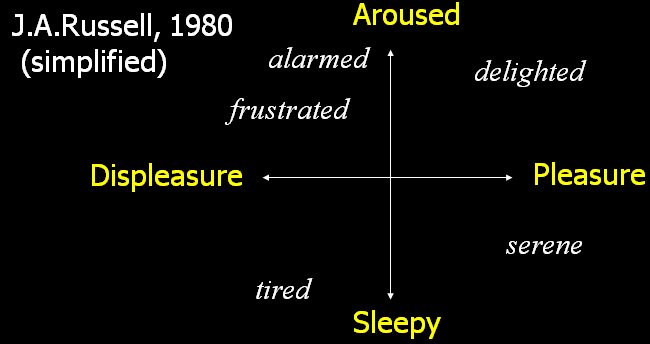 |
| Example of two-dimensional pose
space in facial animation. |
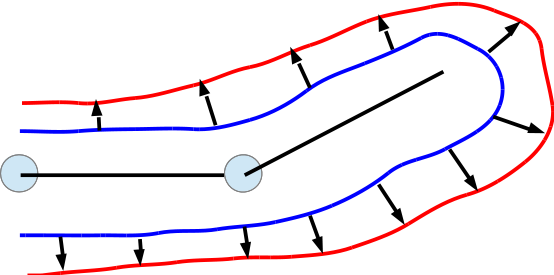 |
| PSD layered on skinning. |
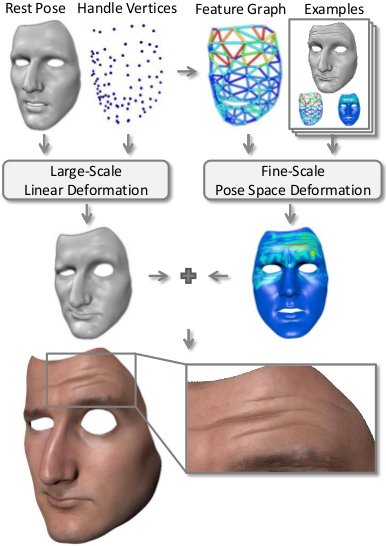 |
| Hybrid face animation pipeline. |
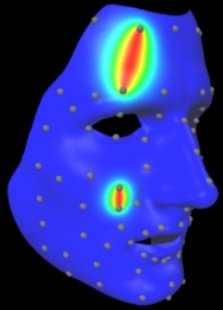 |
| Weight kernel used to compute
per-vertex distance. |